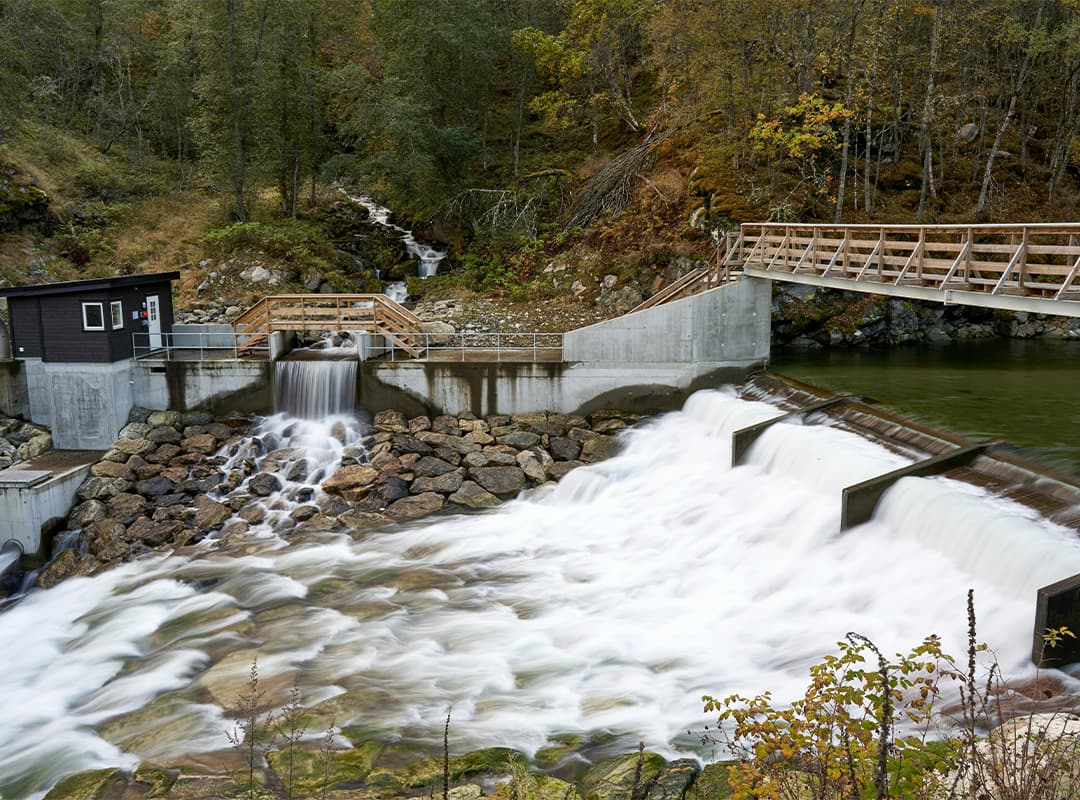Small hydropower is a key element of sustainable development for the following reasons:
Proper use of water resources: In small hydropower plants, small streams and creeks are able to provide and generate energy. You can enjoy the area without large water supplies, reducing the social and environmental impacts on the local population.
Small hydropower is a renewable energy source: the resource used by small hydropower plants, water, to generate energy is a renewable resource. Therefore, this project is classified as renewable energy for water enjoyment and electricity generation.
Small hydropower plants are a cost-effective and sustainable source of energy: Small hydropower plants are simple in design, smaller in size, and the operating equipment for electricity generation is cheap compared to large power plants. The cost of electricity production is free from inflation. The period of construction and operation is short, and the financial return is quick.
Small hydropower plants help to conserve scarce fossil fuels: the use of water for power generation at power plants replaces fossil fuels and oil products. If there is a possibility of replacing non-renewable resources, small hydropower is a good choice.
Low pollution: One of the biggest challenges of our time is to connect electricity production with the environment and reduce its negative impact. Renewable energy sources reduce greenhouse gas emissions and promote sustainability. There is a study that considers hydropower as a renewable energy source that reduces greenhouse gas emissions and contributes to the sustainable development of rural regions. Since hydropower does not have large reservoirs and local adaptation to the project is not significantly affected, it is a good choice for electricity supply projects. The hydropower technology should be used to reduce greenhouse gas emissions together with other renewable forms of electricity generation.
Development of rural and remote areas: There is potential for small power plants in remote and mountainous areas. The use of this renewable energy source in these regions contributes to economic and social development.
Other uses: Other benefits can be found in regions where small installations are installed, such as irrigation, water supply, tourism, fishing, and flood prevention.
SHP technology is reliable, its power plant can be built in a few years and it has a long life cycle. The building structures, like the dam, can operate for more than a century and require little maintenance. In other mechanical equipment, such as the turbine, there is research development to improve their energy efficiency and achieve utilization rates of up to 90%.
Small hydropower technology is one of the most common technologies for generating electricity for rural populations in both developed and developing countries. The inclusion of this resource in energy mixes can lead to sustainable development. Small hydropower plants contribute to meeting the needs of regions where there is no major technological development, and they can improve the quality of life of the population by creating jobs, growing the local economy and developing the region.
The advantages of small hydropower projects are the ease of smaller investments and faster construction and operation periods. The territories for electricity production are smaller, they have raw materials, local labor, and production costs are also lower compared to other energy projects. However, social, political, economic, historical, regulatory, and environmental issues may limit the further development of this technology.
